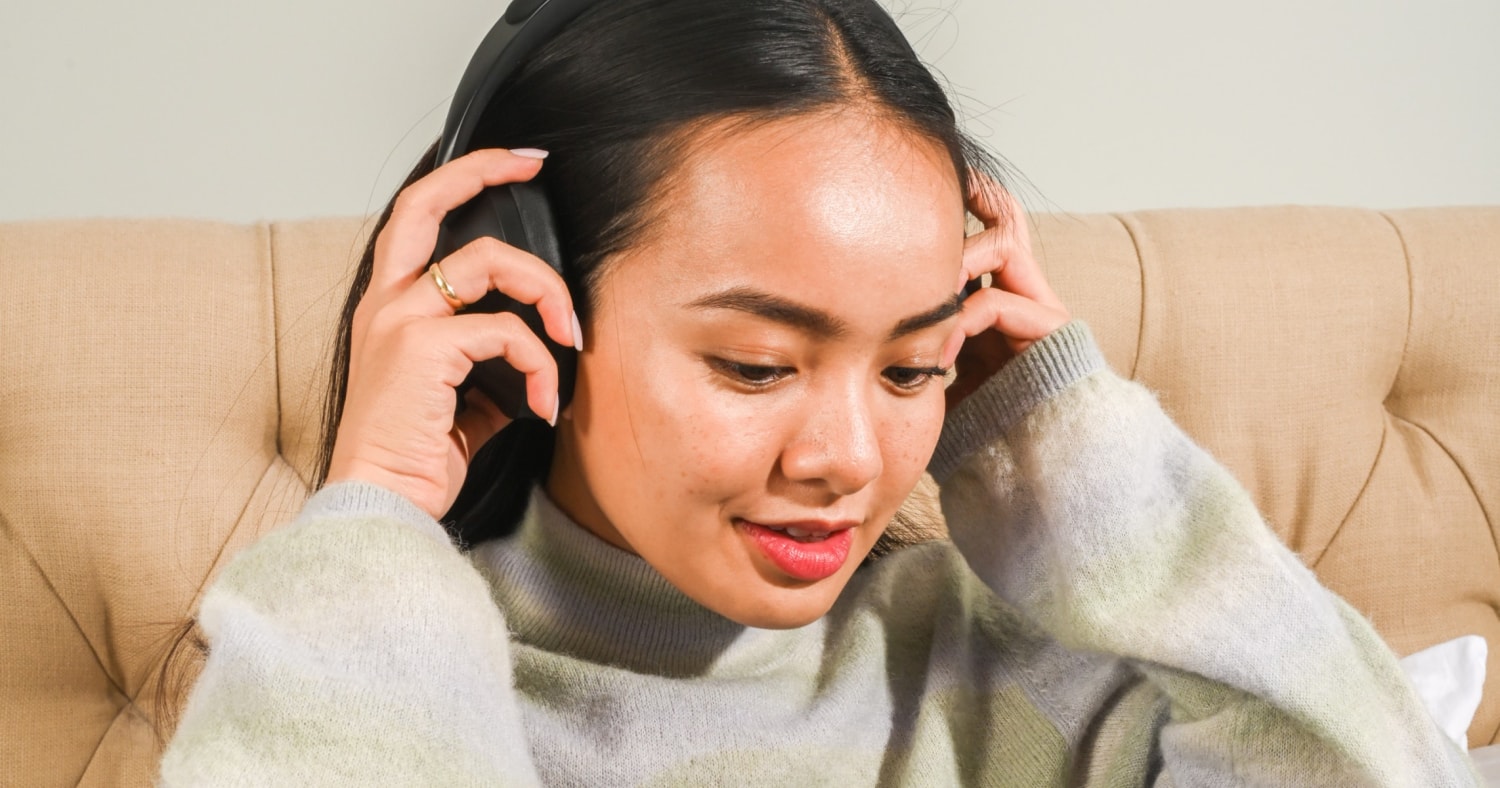How to Test Noise Cancelling Headphones for Photographers?
As a professional photographer, you know that capturing the perfect moment requires focus and concentration, especially in bustling environments. But what happens when unwanted noise becomes a distraction? **Noise cancelling headphones** can be a game-changer. In this article, we'll delve into how to test noise cancelling headphones effectively, ensuring you invest in the best audio experience that complements your work.
**Testing noise cancelling headphones** is not just a matter of price or brand; it's about understanding the technology and functionalities that these headphones offer. This guide will highlight essential steps you need to follow, the key features to be aware of, and practical tips on how to incorporate them into your photography workflow.

Understanding Noise Cancelling Technology
Before we jump into the testing process, it's crucial to comprehend how noise cancelling technology operates. There are two primary types: passive and active noise cancelling (ANC). Passive noise cancelling is achieved through the physical design of the headphones that block external sounds. On the other hand, **active noise cancelling** uses algorithms and microphones to pick up environmental sounds and create sound waves that counteract the unwanted noise.
The technology can significantly aid in maintaining focus, especially when you are shooting in less-than-ideal conditions like crowded events or in public spaces. Knowing how these systems work aids photographers in identifying the features that will suit their needs best.
Key Features to Look For
When shopping for **noise cancelling headphones**, there are specific features that can enhance your photography sessions:
- Sound Quality: Premium headphones offer richer, clearer audio. This is particularly useful when listening to models or guiding clients during the shoot.
- Comfort: Youll be wearing these headphones for long periods. Choose lightweight options with a comfortable fit.
- Battery Life: Ensure that the headphones can last through lengthy shoots without needing a recharge.
- Brand Reputation: Researching brands can save you from poor investments; look at reviews from credible sources.
Read more about how to pair Sony headphones.

How to Test Noise Cancelling Headphones
Let's discuss the process of testing noise cancelling headphones effectively:
Step 1: Choose a Controlled Environment
Select a quiet room or a location with moderate background noise. This allows you to gauge the effectiveness of the noise cancelling feature without overwhelming distractions.
Step 2: Test the Headphones
1. **Turn On Noise Cancelling:** Make sure the feature is activated before putting them on. 2. **Play Background Noise:** You can use a fan, white noise generator, or even an audio track filled with ambient sounds to simulate real-world conditions.
Step 3: Adjust the Fit
Put on the headphones and adjust them for comfort. It's crucial that they fit snugly to ensure optimal noise cancellation.

Understanding Different Testing Scenarios
Testing in varying scenarios will give you a comprehensive understanding of how well the headphones perform:
- Outdoor Testing: Try wearing them outside in a busy area. Check how they handle wind noise and other environmental sounds.
- During a Photoshoot: Use them while you are capturing photos to identify how they affect your ability to communicate with subjects or colleagues.
- Listening Experience: Play specific music or sounds you frequently use in your workflow to see how they affect your listening experience.
Find out how Apple headphones work.

Practical Tips for Photographers
1. **Use Headphones Wisely:** While on shoot, utilize your headphones to remain focused but always be aware of your surroundings for safety.
2. **Keep a Backup:** In case your battery runs out, always have an extra set of regular headphones to avoid interruptions.
3. **Check Compatibility:** Ensure the headphones are compatible with your devices, especially if you are using wireless options.
4. **Sync with Your Gear:** Test to confirm whether the headphones connect smoothly with your editing equipment.
Read about the benefits of noise cancelling headphones.
Conclusion
Testing **noise cancelling headphones** effectively allows you to find the perfect pair for your photography needs. These headphones can significantly help you concentrate and enhance your workflow during shoots. By understanding noise cancelling technology and following the aforementioned testing methods, you can make an informed decision that will pay dividends in the long run.
For a more extensive discussion on the benefits of noise cancelling, check [The Guardian](https://www.theguardian.com/lifeandstyle/2023/aug/28/noise-cancelling-headphones-risks-concerns).
As an Amazon Associate, I earn from qualifying purchases.

